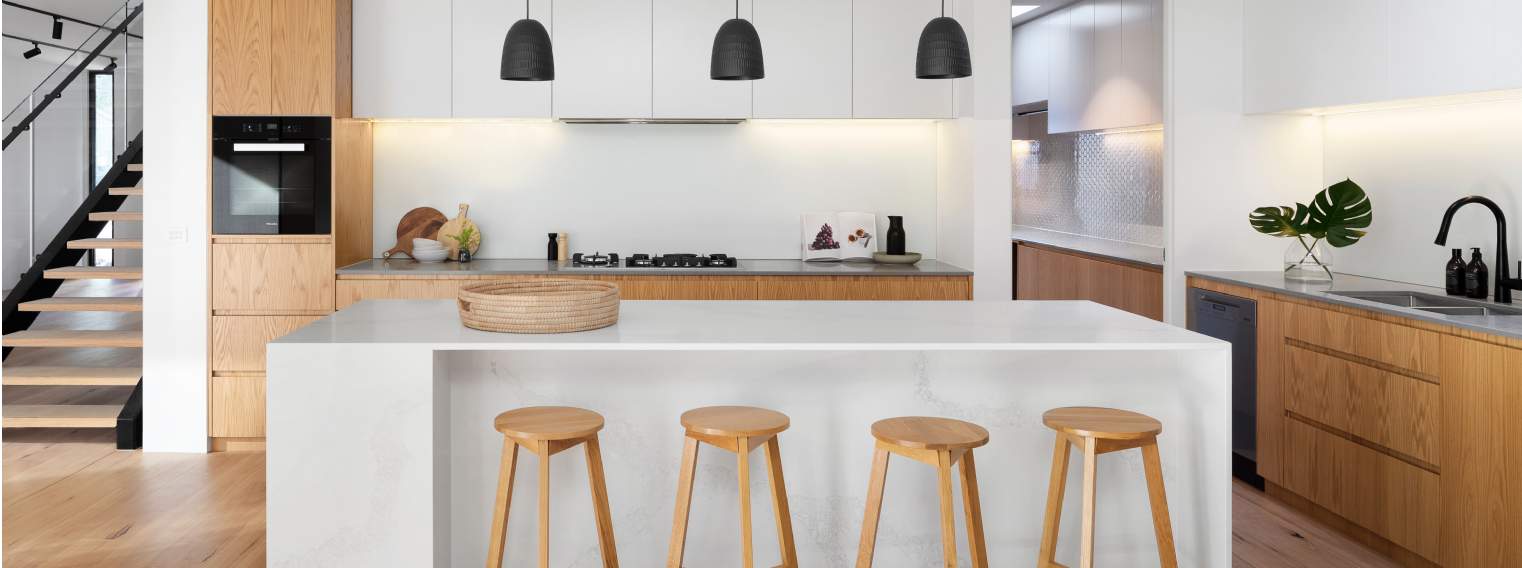In response to the climate emergency and an update to the Building Regulations, the built environment sector is increasingly designing low-energy buildings supplied with an ‘all-electric’ system, typically a heat pump, and, where possible, a portion of renewable energy systems like solar panels. However, is this enough to meet the national net zero targets? How well will they perform in operation? And what about occupant wellbeing and thermal comfort?
Because of low energy use, Passivhaus may be the solution to create low carbon homes. Passivhaus is a standard that uses a holistic approach to define how to design and build high-performance buildings, designed for the occupant to deliver occupant comfort with a significantly small amount of energy.
Other benefits to occupiers include:
1. Having a building designed with comfort and wellbeing in mind through:
a. The constant supply of fresh air through an effective mechanical ventilation system
b. Mitigating pollutant build up, damp, mould and condensation; keeping the building healthy
c. Comfortable constant temperatures, keeping warm in winter and cool in summer
d. A quiet indoor environment.
2. An approach that prioritises passive design, which seeks low energy solutions to deliver occupant comfort.
3. A building that can cut energy use by around 90 per cent, compared with a typical UK home, and over 75 per cent compared with average new builds.
4. Significantly reduced operational costs (even with increased construction costs 4-8 per cent predicted by the Passivhaus Trust) and a cheaper home over the lifetime of the property.
5. Energy independence – less reliance on external energy sources can be particularly good for tackling poverty during an energy crisis.
6. Net zero aligned – Passivhaus buildings reduce electricity peak demand and consequently decrease the strain on the National Grid.
7. Rigorous quality checking procedures through design and construction to ensure a Passivhaus operates as intended.
8. Reduced maintenance costs and a lower risk of defects and damage.
It isn’t just for homes either: Passivhaus’s concepts of energy conservation, optimised design and high quality construction can be applied in the same way to non-domestic property, as well as to existing building retrofits through the EnerPHit standard.
It's encouraging to see increasing interest in the standard, particularly when we are being urged to design for more resilient and future-proofed buildings. On this note, Scotland has recently published draft legislation that could mandate the Passivhaus standard for all new-build homes. The document describes Passivhaus as the ‘gold standard’: the only realistic way to achieve net zero carbon [in operation] without substantial effort and expensive investment in grid capacity.
Passivhaus sets the scene for truly sustainable developments and, with rising energy costs and awareness of the climate emergency, Passivhaus buildings are gaining more popularity within the UK.
Further information
Contact Chiara Fratter or Stephen Lloyd

.jpg)







.jpg)
.jpg)